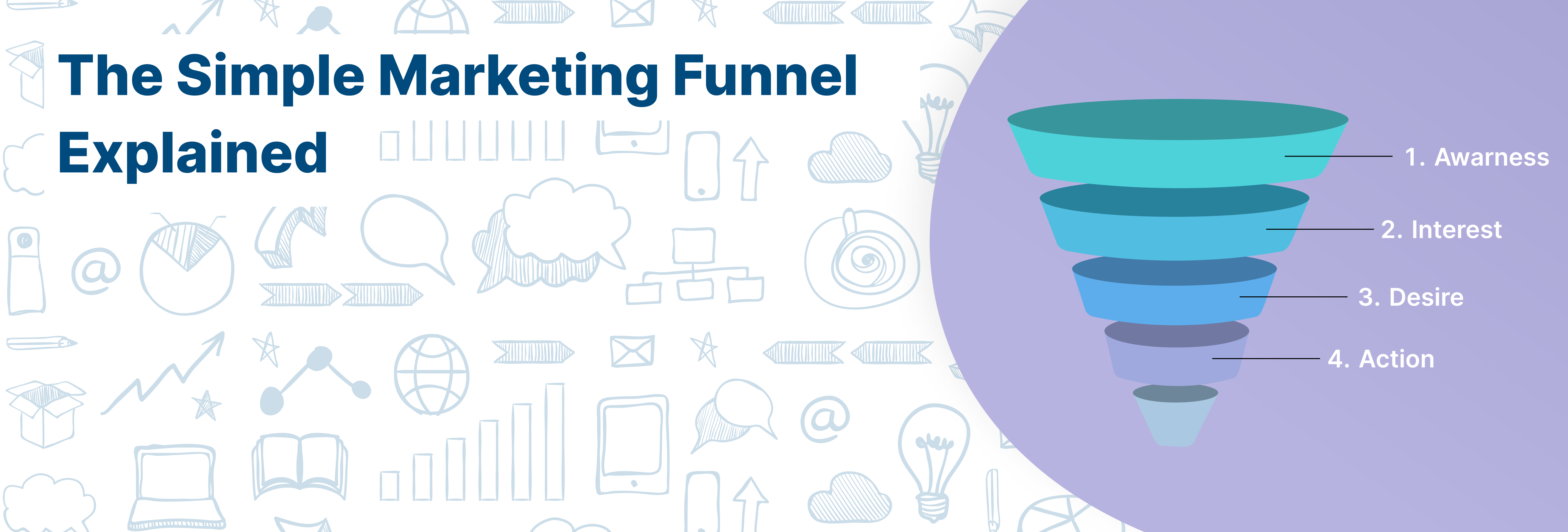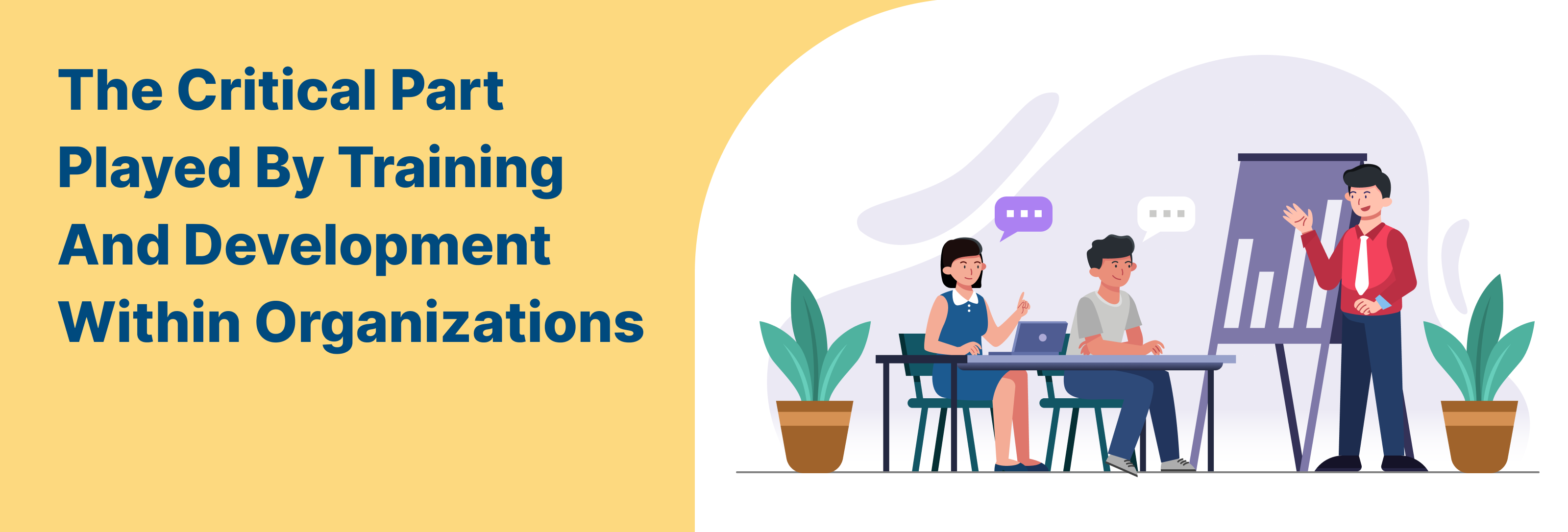Understanding A Buyer’s Journey with A Marketing Funnel
Marketing is a vast realm. Marketing is how businesses strives to captivate audiences and drive conversions. However, if we look deeper into the subject, there exists a fundamental concept that serves as the cornerstone of every successful marketing strategy: the Marketing Funnel. In this blog, we are going to learn about the basic approach to any marketing strategy and how it all depends on the structure of a marketing funnel.
What Is a Marketing Funnel?
At its core, the Marketing Funnel is a visual representation of the customer journey, mapping out the various stages from initial awareness to eventual conversion. It is a pathway that guides potential customers through a series of steps, starting with their first interaction with your brand to culminating in a desired action.
Consumers now, are more informed and updated than ever. This is why it is very important for a seller to understand its customer’s need and choices thoroughly. This is where marketing funnel steps in. Marketing funnel is a rough illustration of the audience’s journey that is narrowed down from choosing a product till its purchase. With a simplified framework for marketers it is a pathway that guides potential customers through a series of steps.
Let’s take a quick look at the different stages of a marketing funnel.
Structure of a Marketing Funnel Explained
Awareness: This is the step when people get to know about your product, brand, and service.
A customer might be simply scrolling through web and stumble upon your video, service or landing page. This is how they become aware about your presence in the market domain. Some examples includes customers scrolling through your social media, or checking out your YouTube videos.
Interest: Interest is the step when people start showing interest in your product and services.
After getting to know about your product, a customer might as well watch a few more videos of yours. They often inquire about your videos, check your social media post and also sign up to your mail list.
Desire: This is the step when people start inquiring about your product to get and know more about it.
This desire step, also known as the consideration stage, is when people evaluate your product according to their purchase moulds. Your brand may not be their final choice and hence they evaluate alternatives to compare your product and get a more solid opinion of their purchase.
Action: When the customer decides to act and purchase the product, this step is known as action. Action directly means purchasing a product.
However, product purchase has several steps to it. Hence, this action can be buying an item, scheduling a demo with the sales team or any other similar action.
Conclusion
There are other steps outside of the Marketing funnel that takes place during a product purchase. However, if they do not contribute to the final action, they don’t count. Marketing funnels also lets you understand the reason behind customer drop-off points which may be hampering your marketing process. Thereby it also increases your chances of growing your audience and increase the conversion rate.





